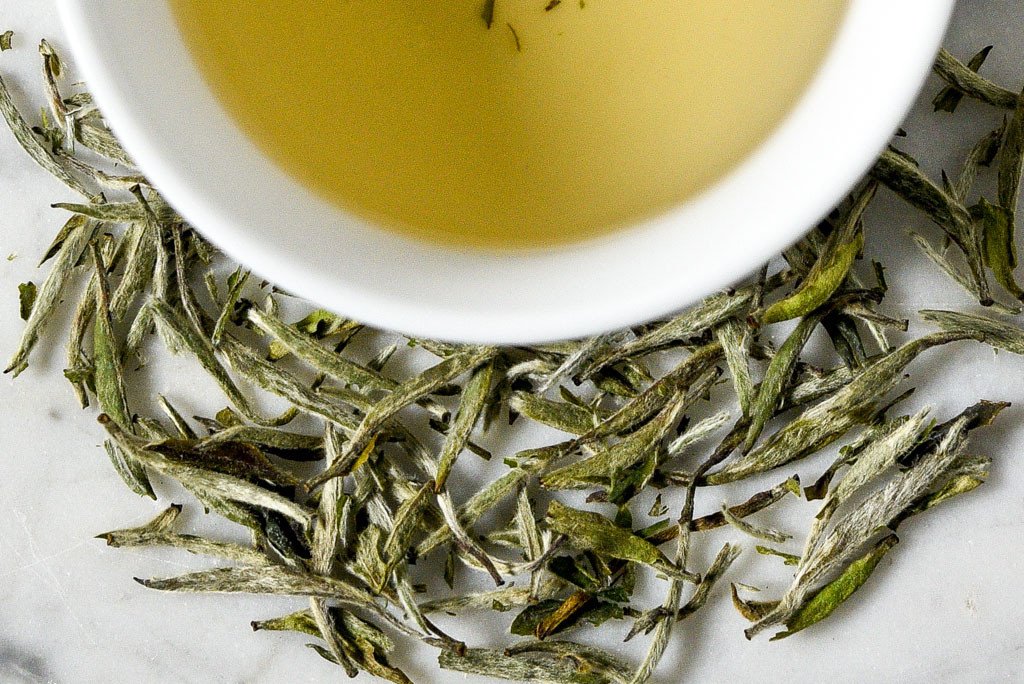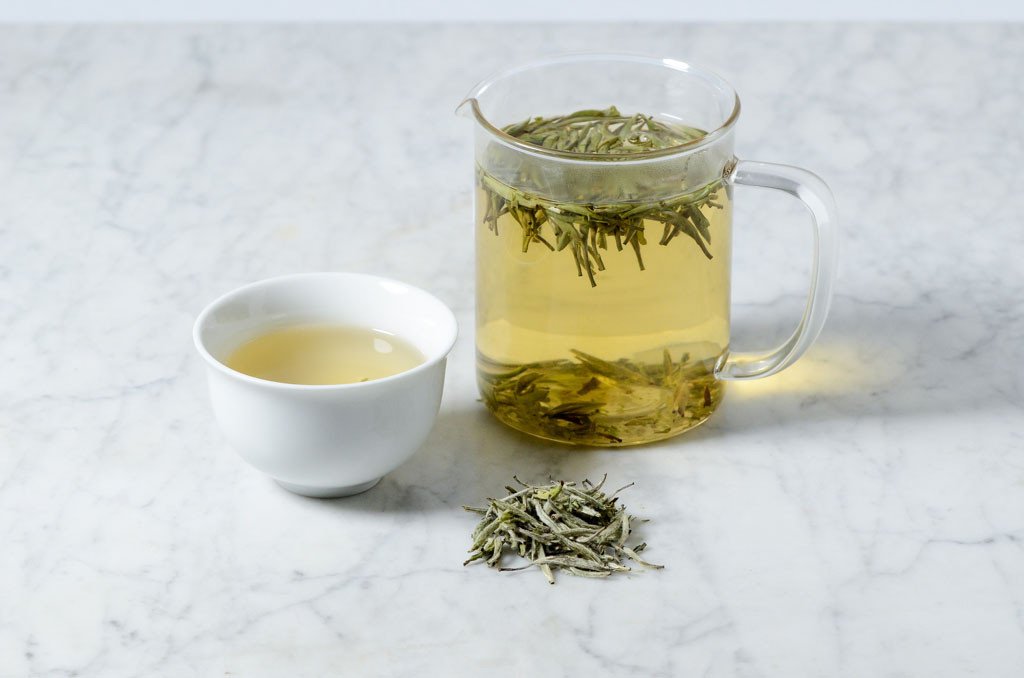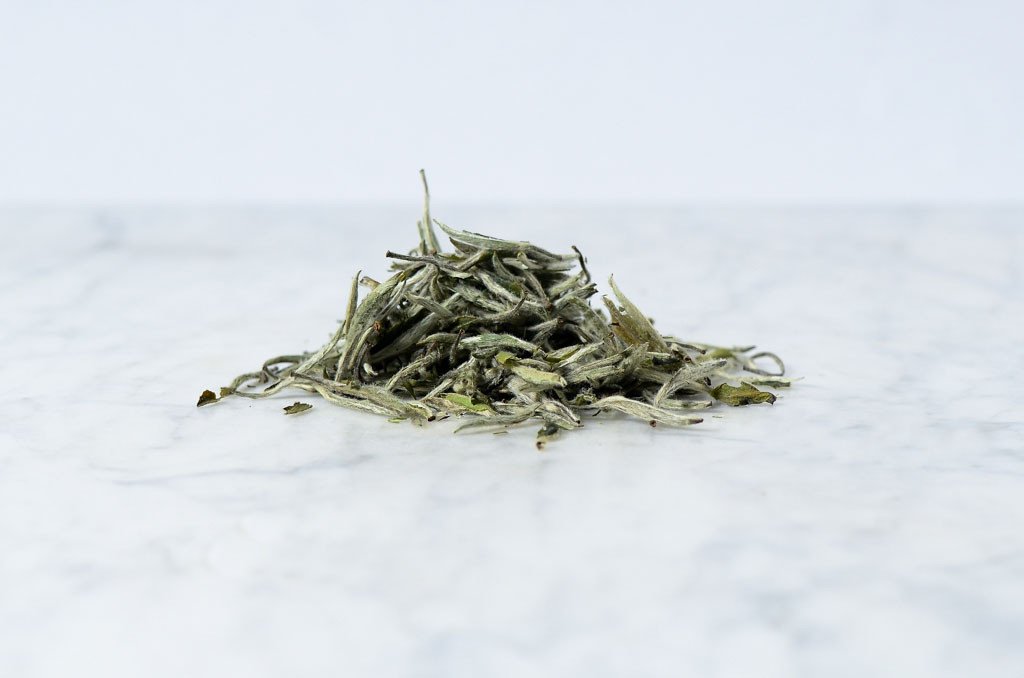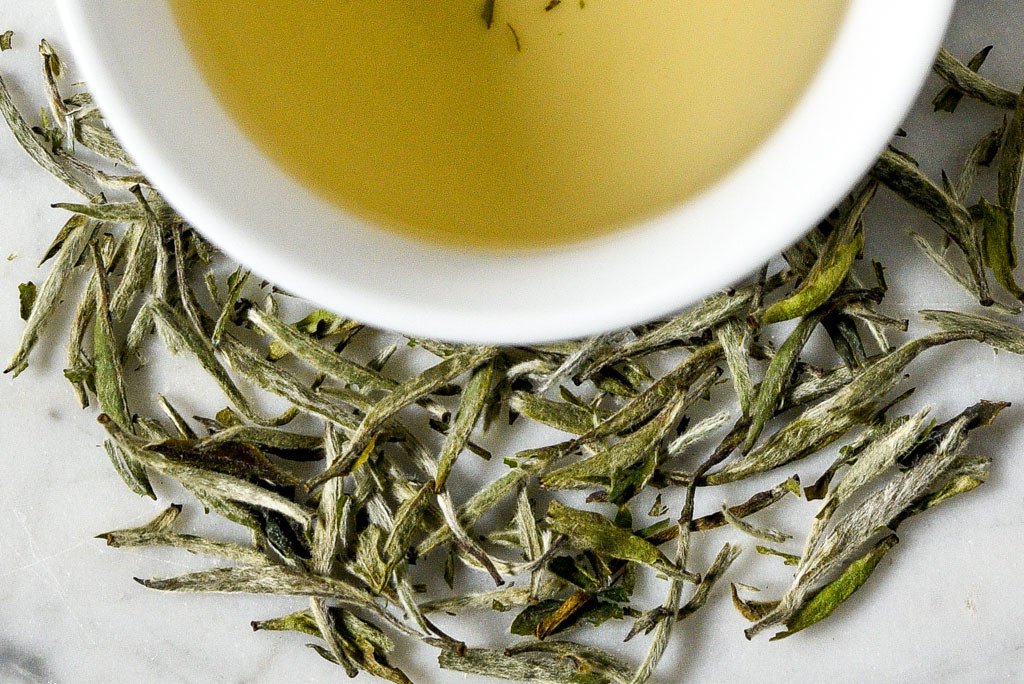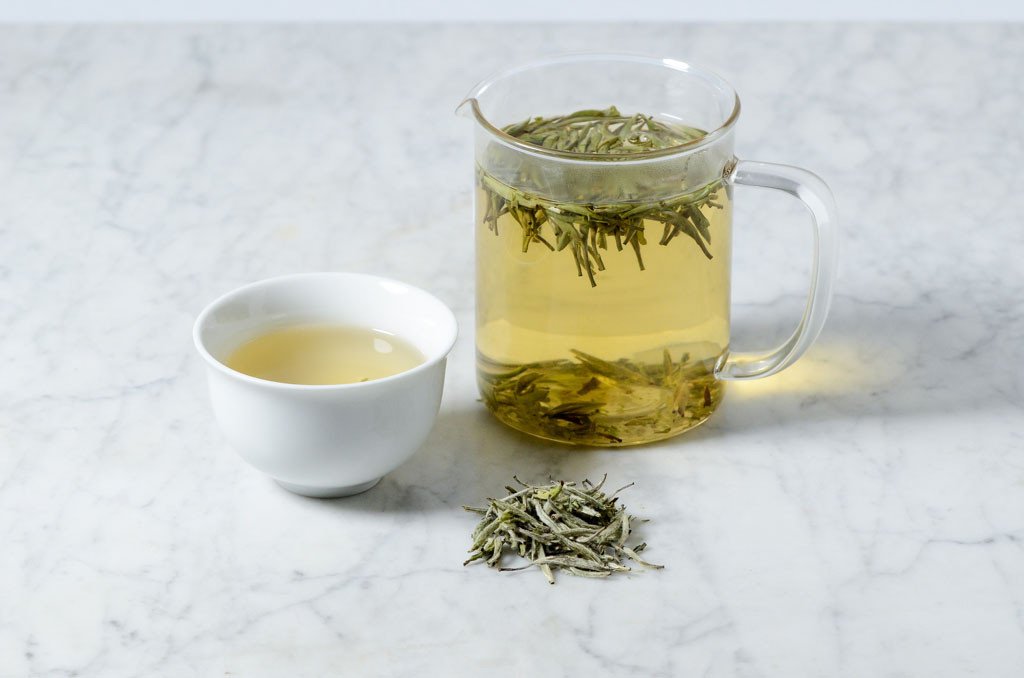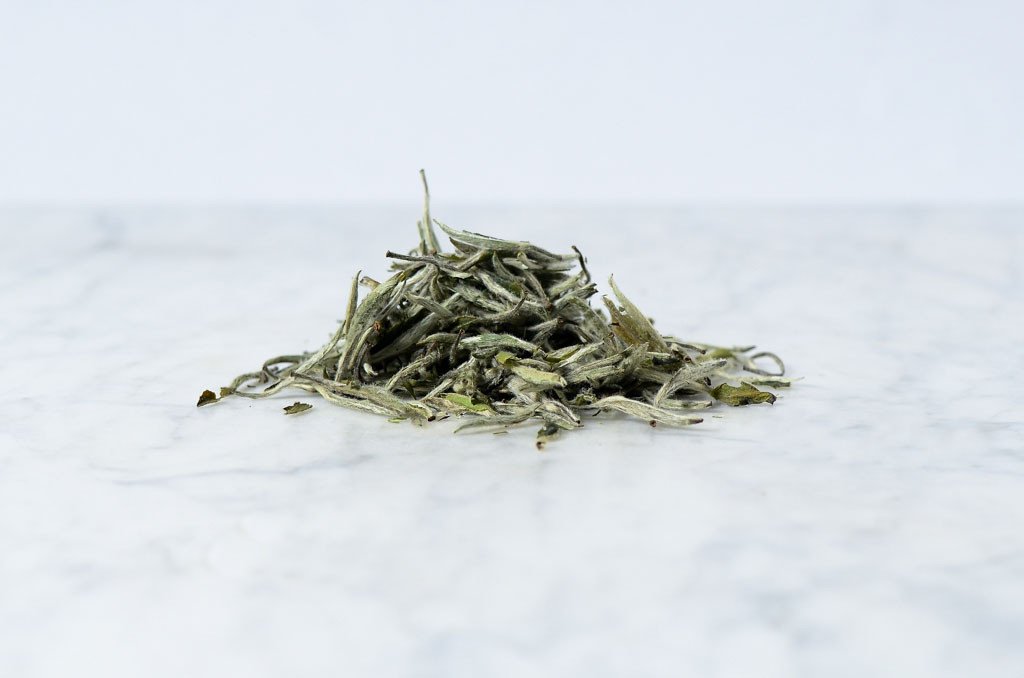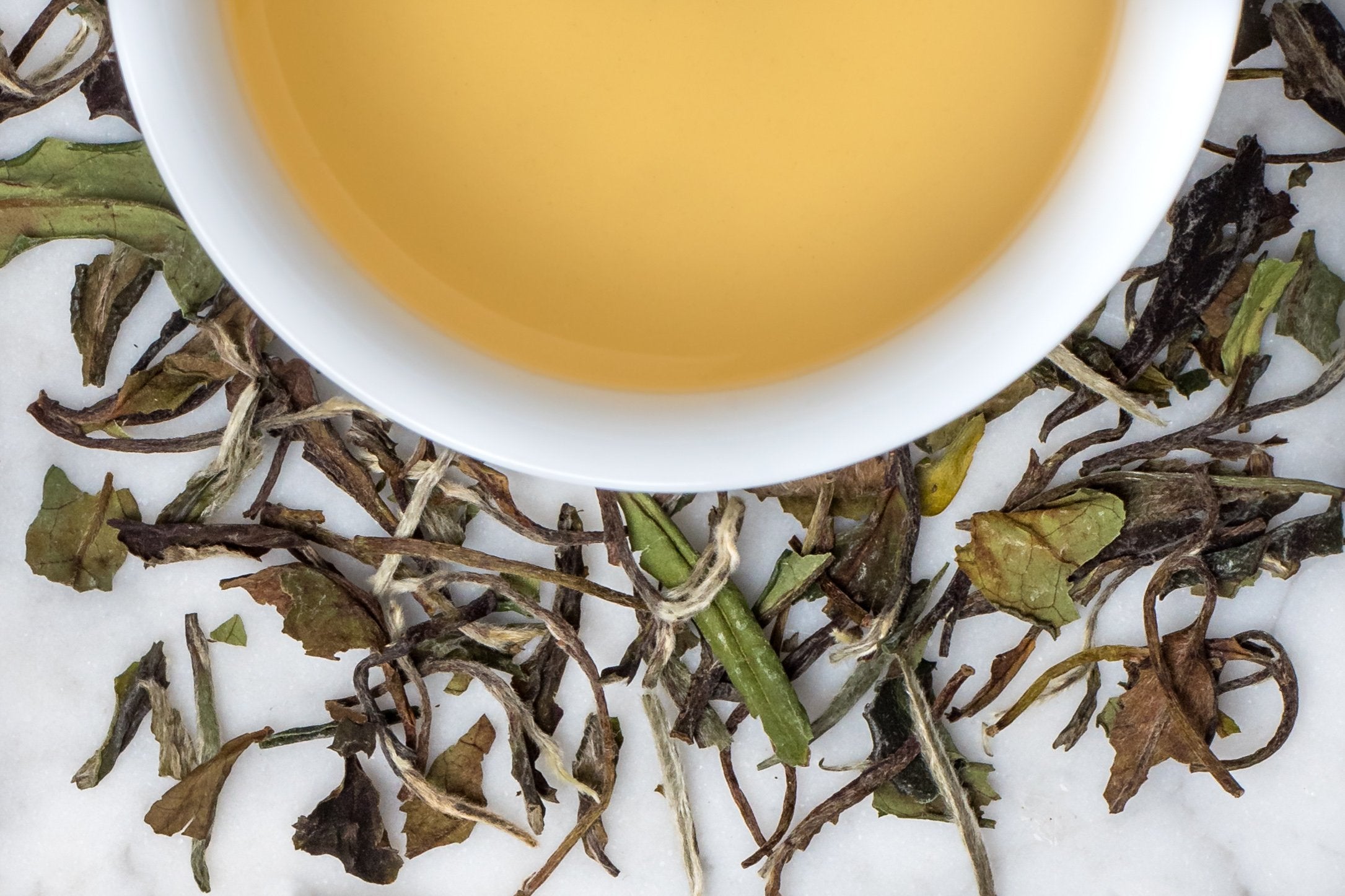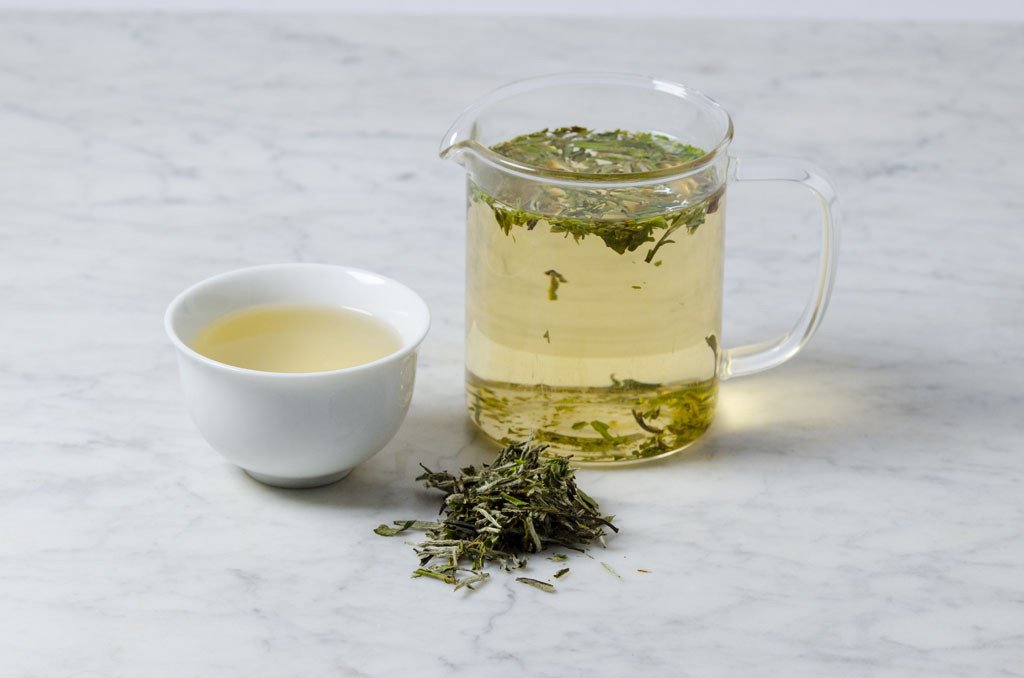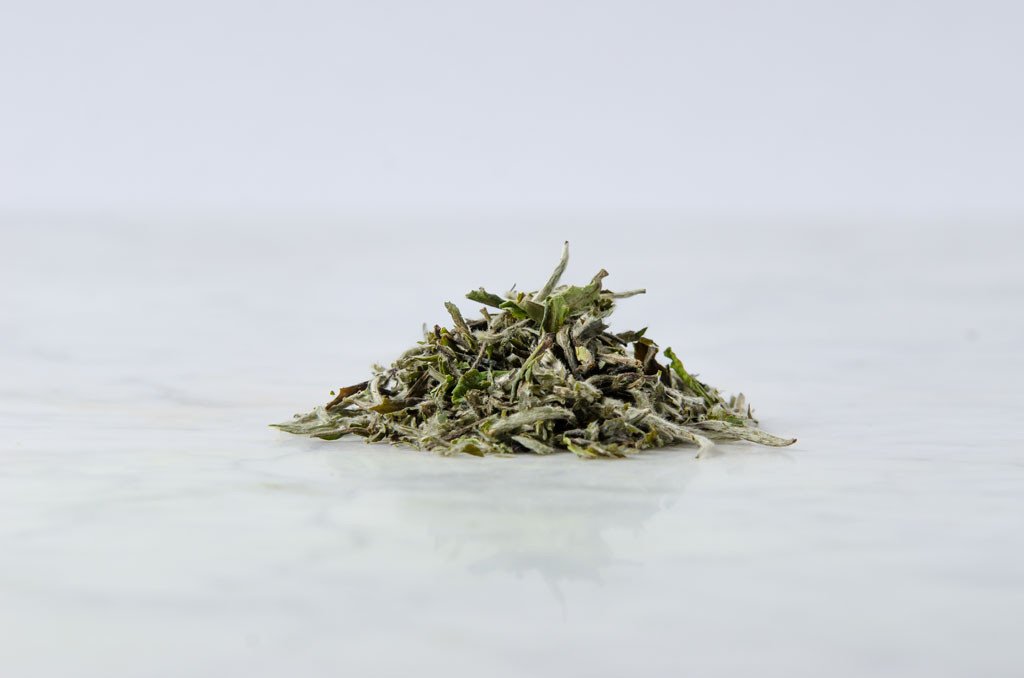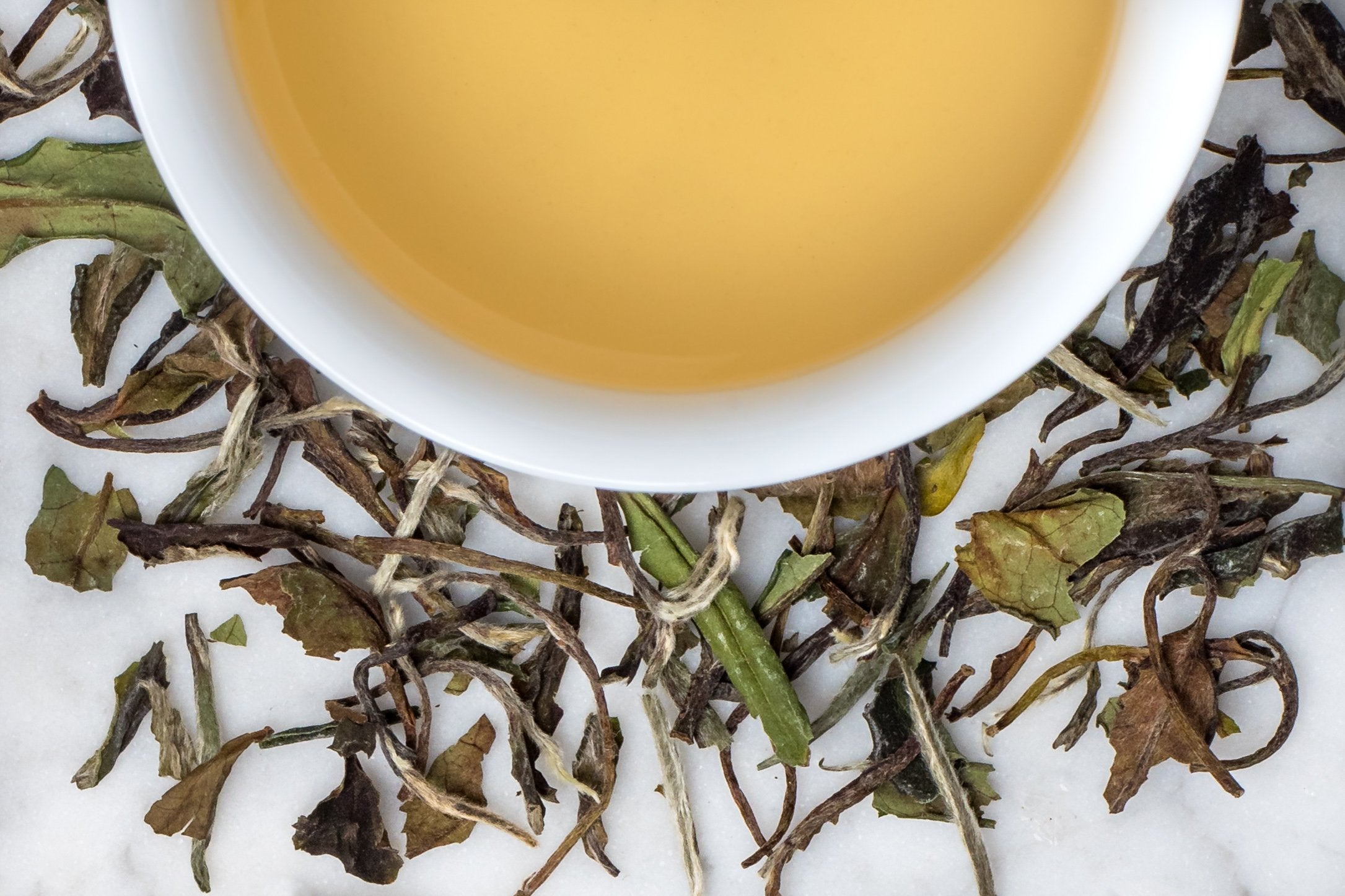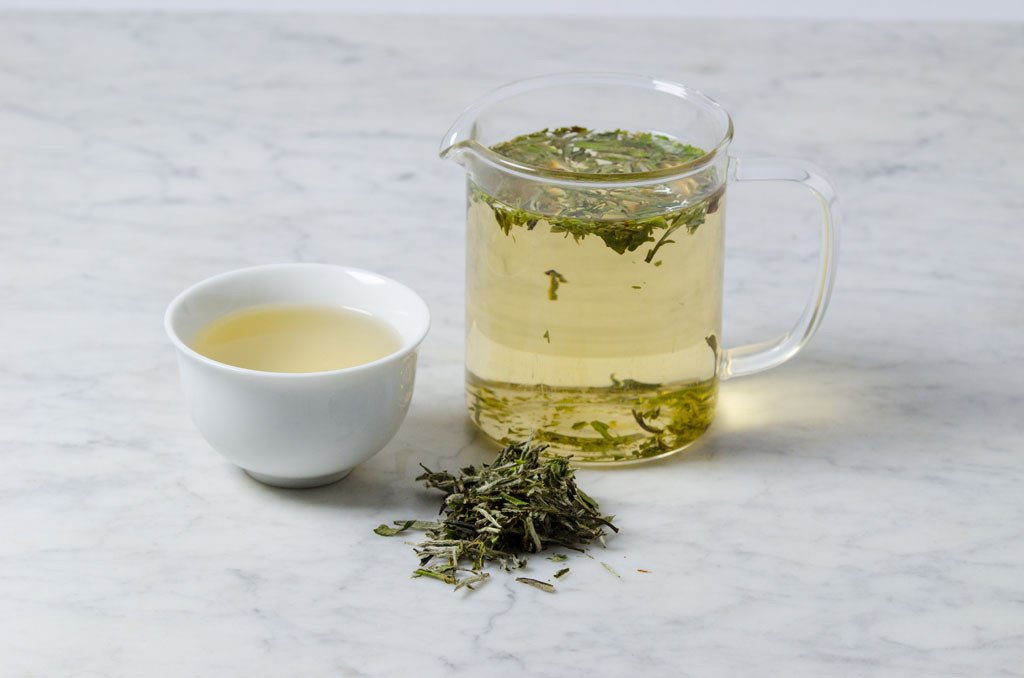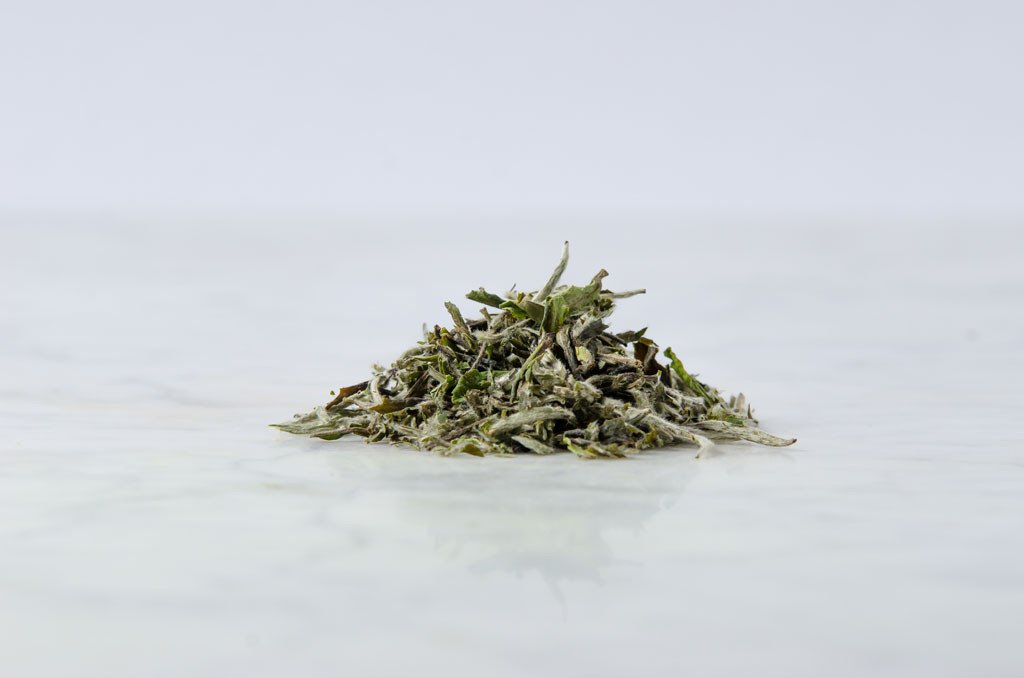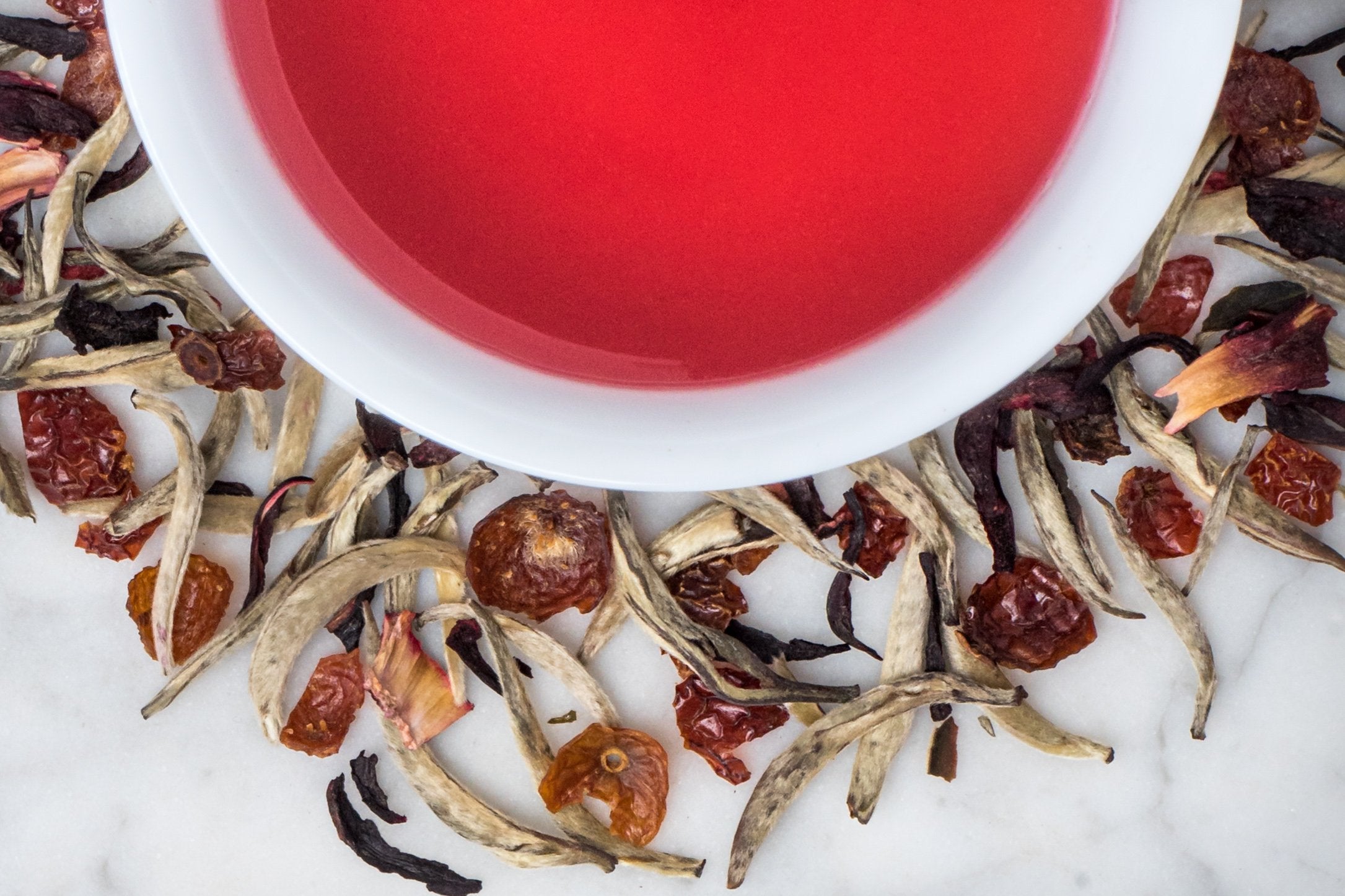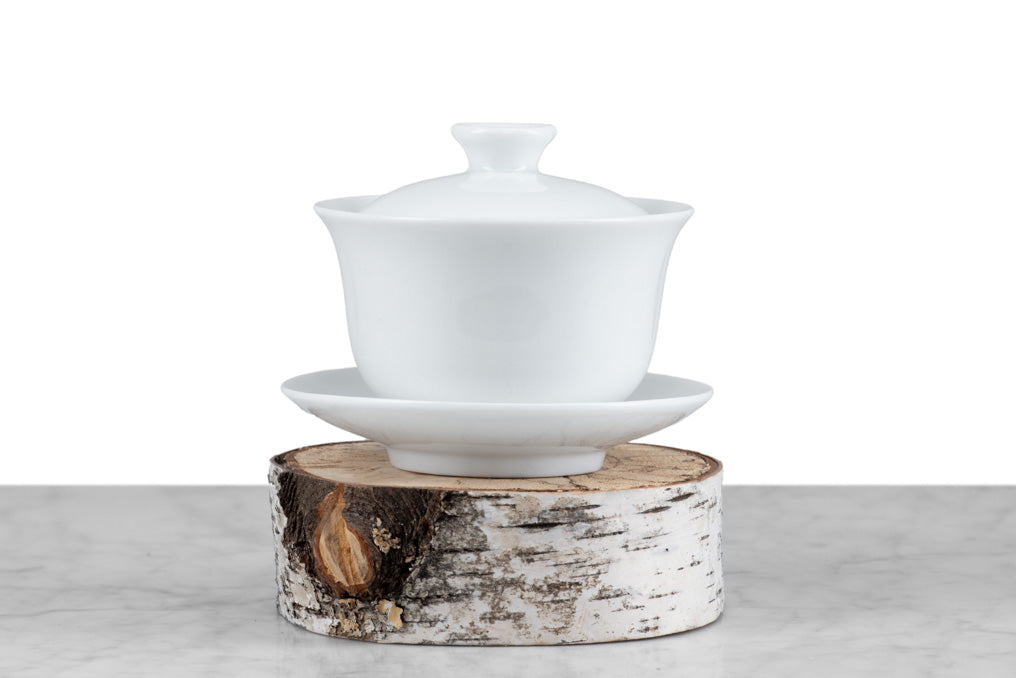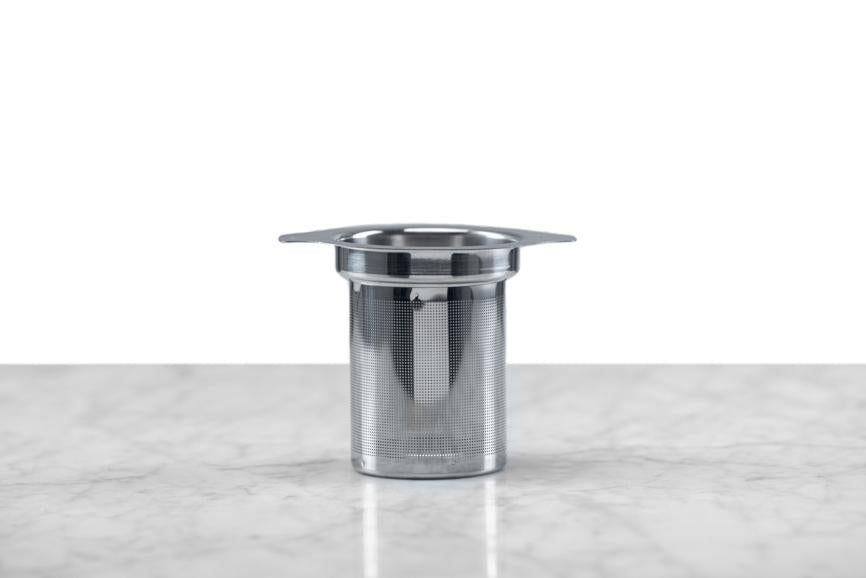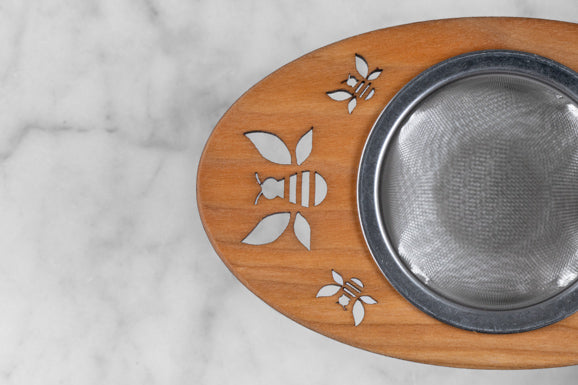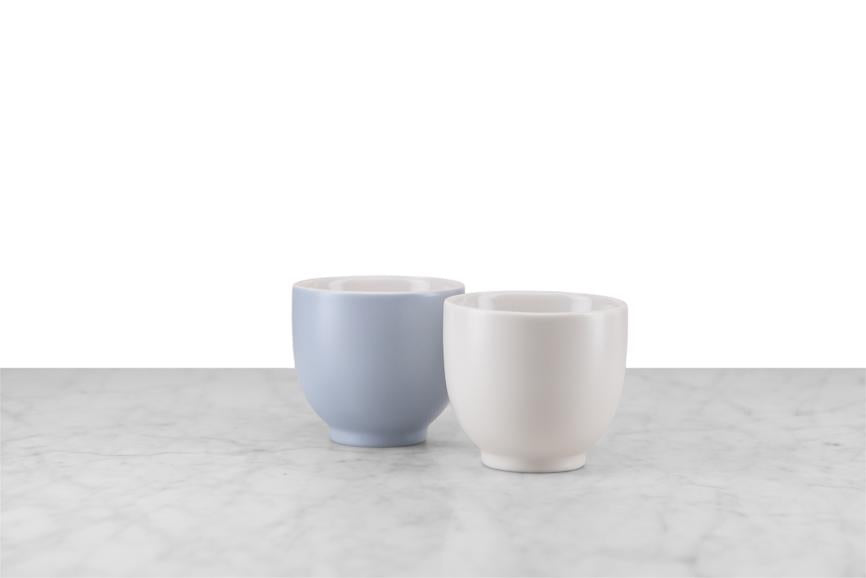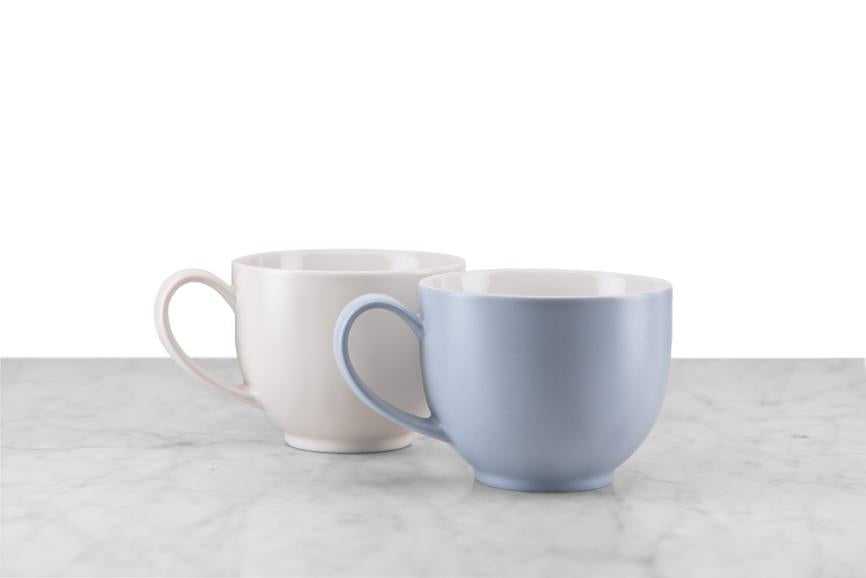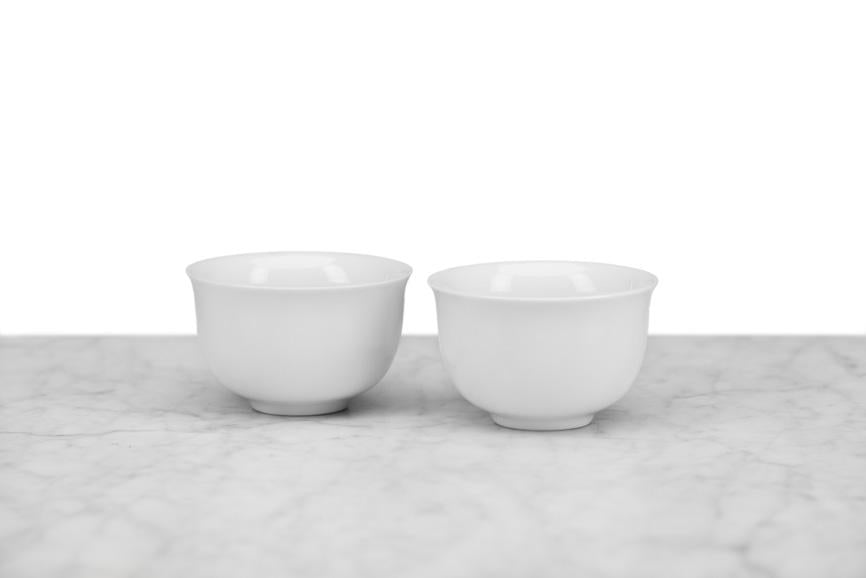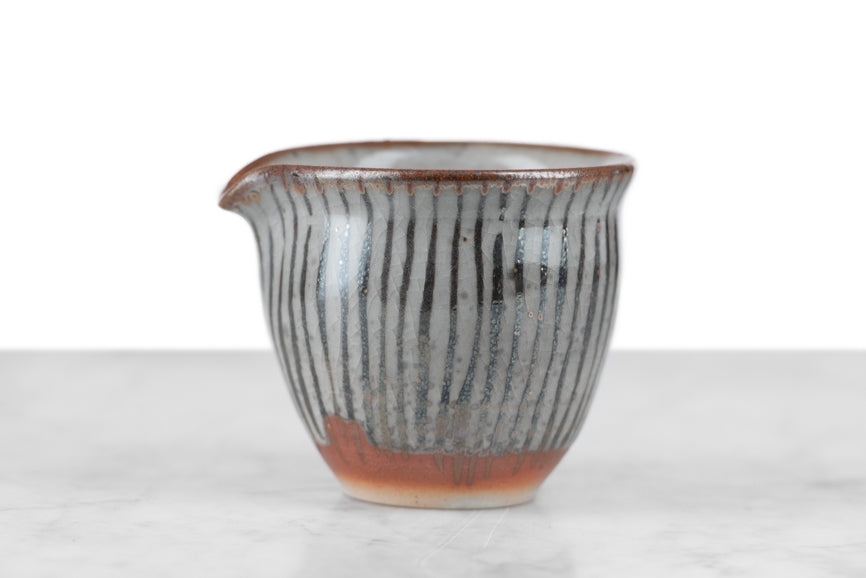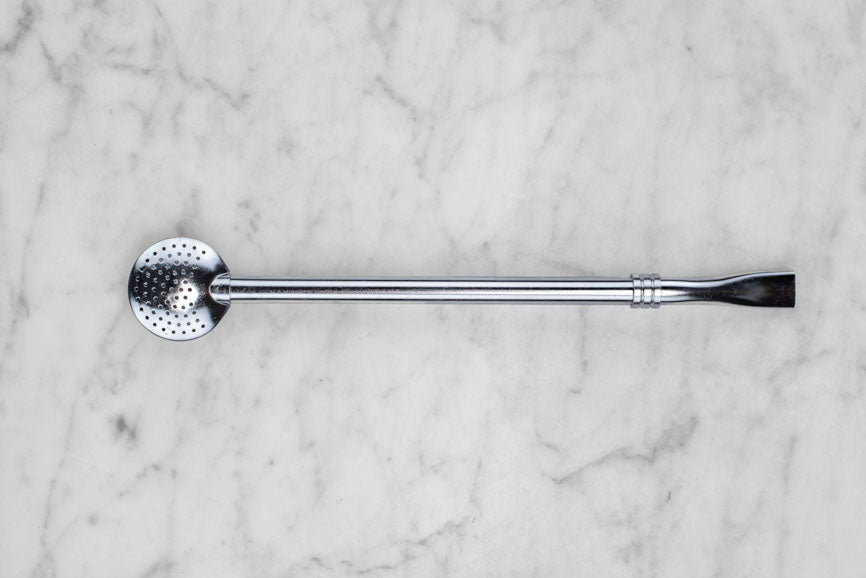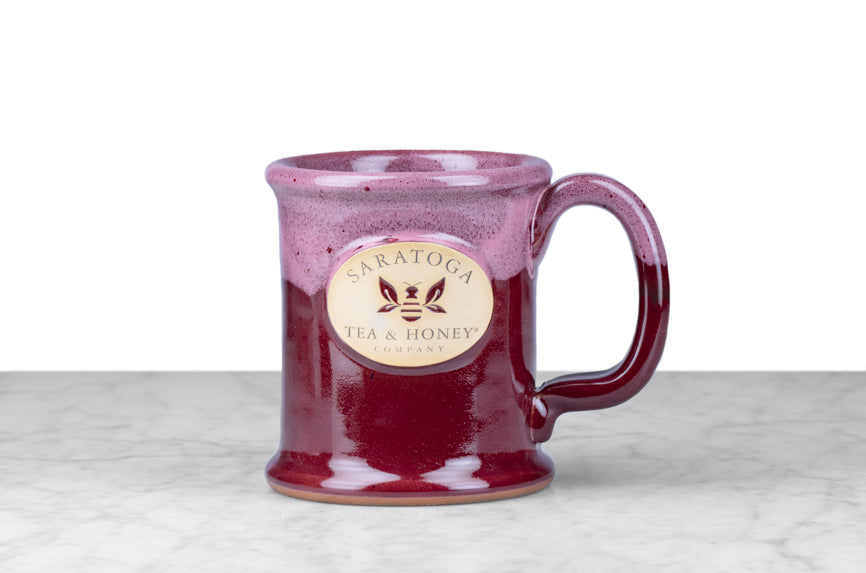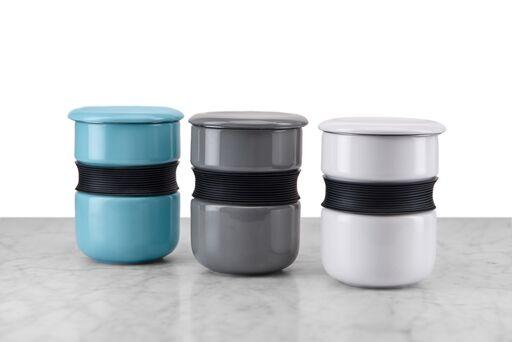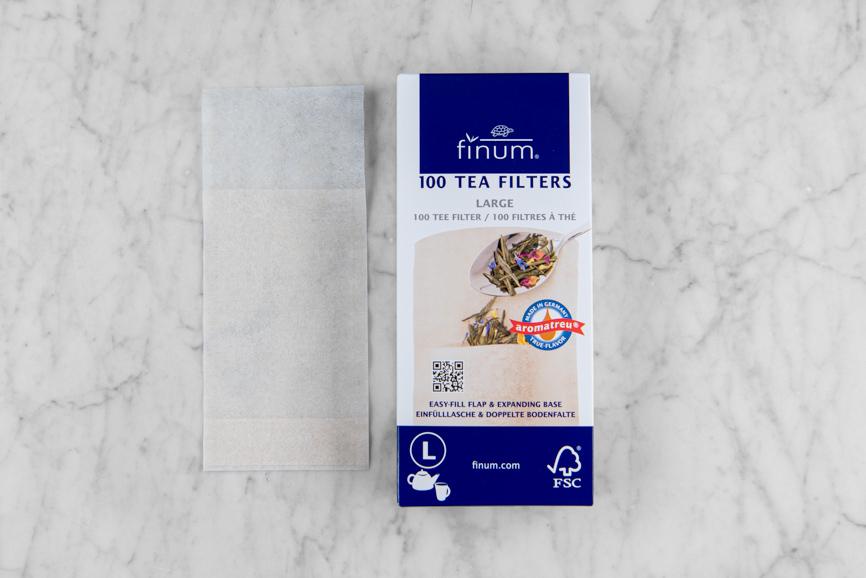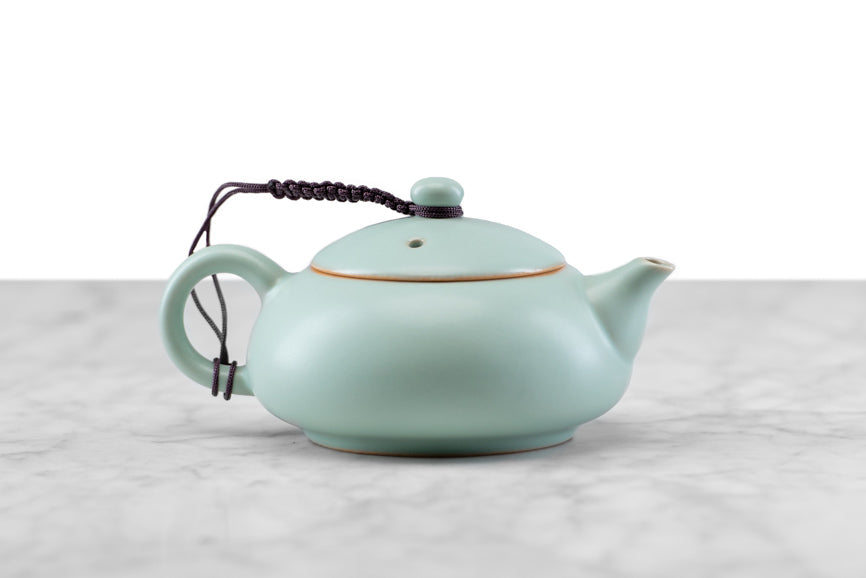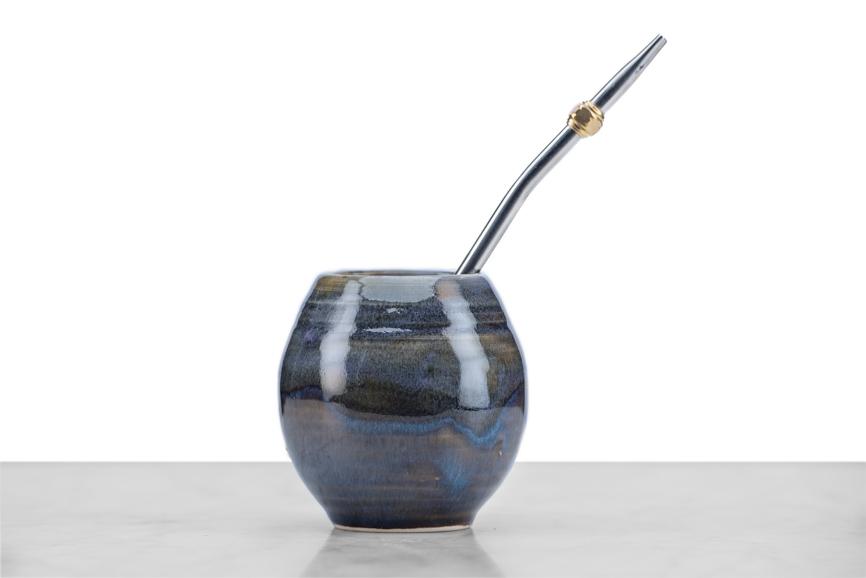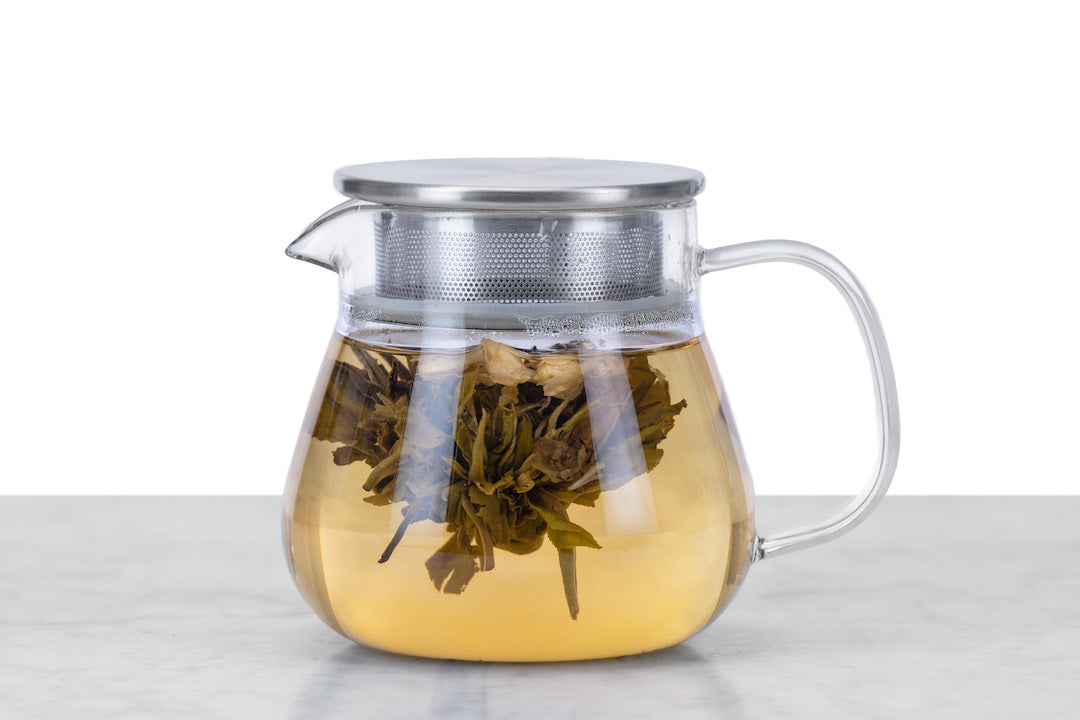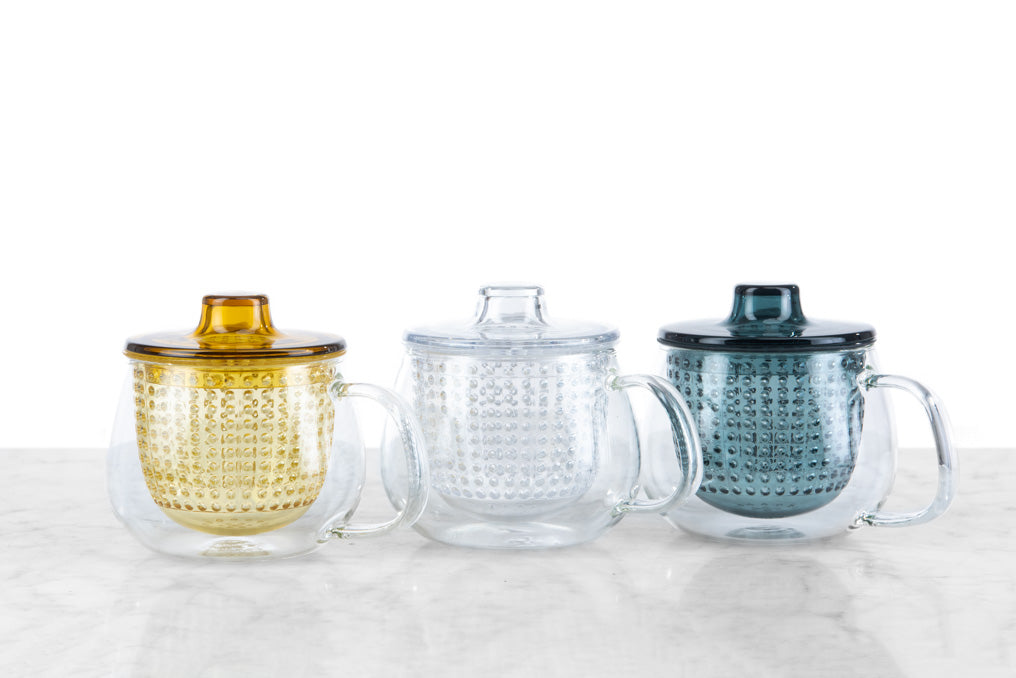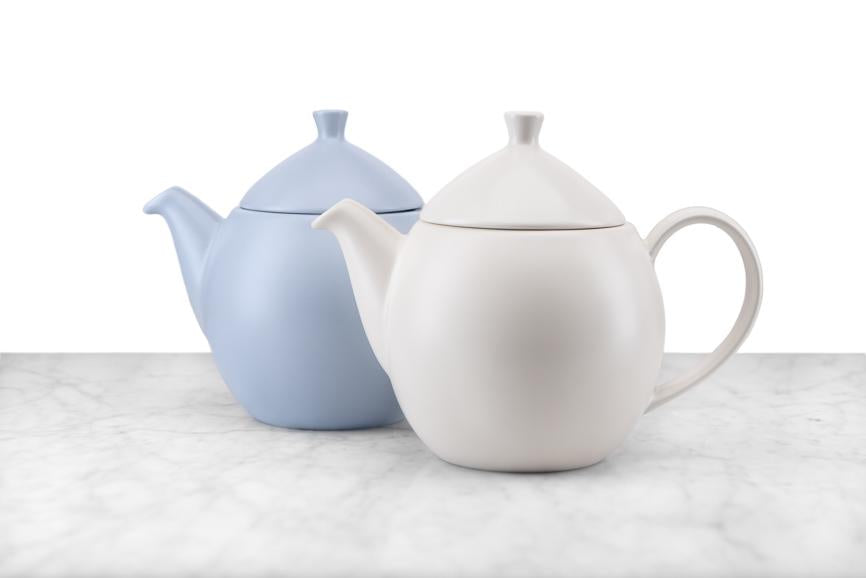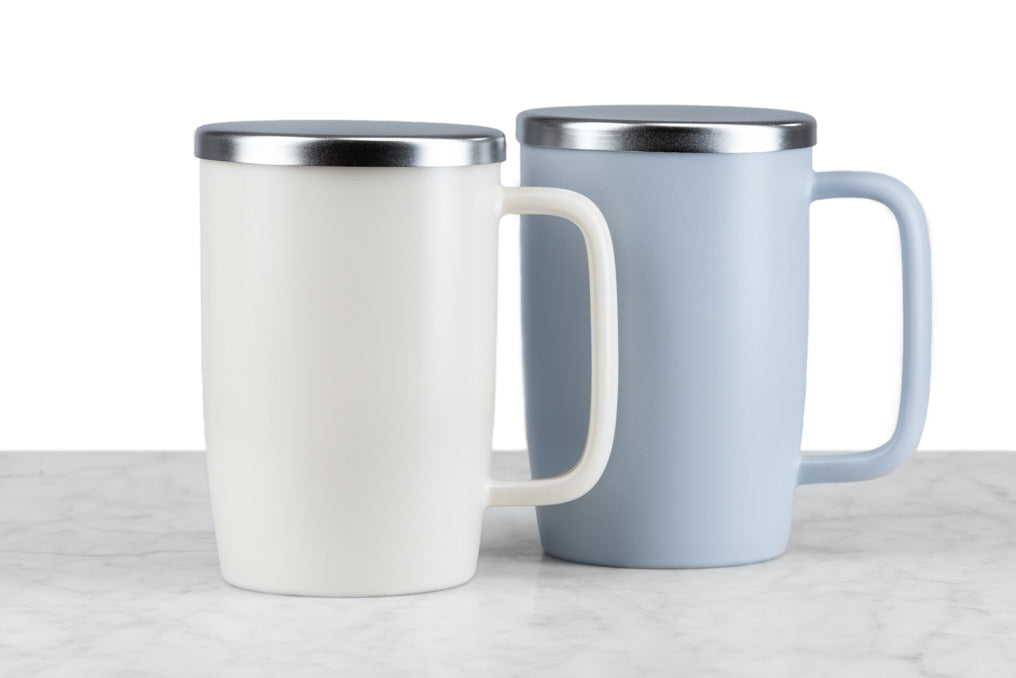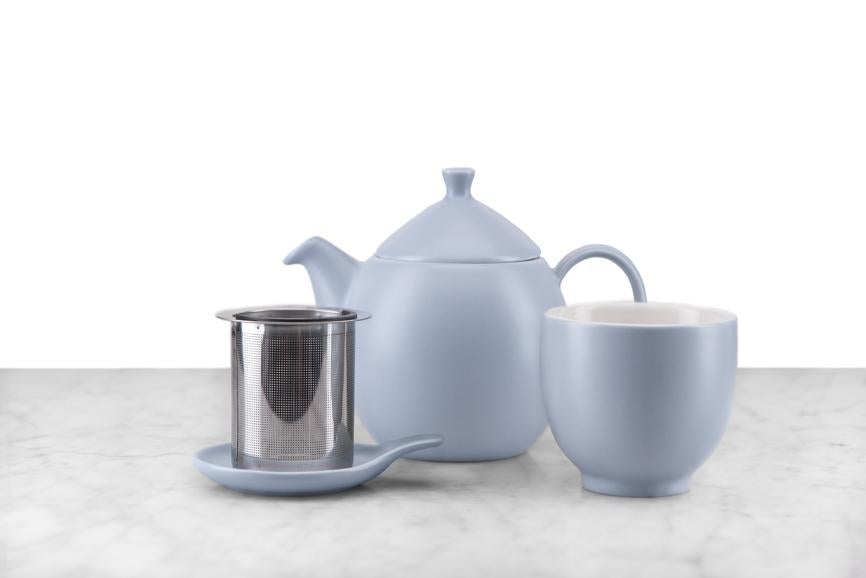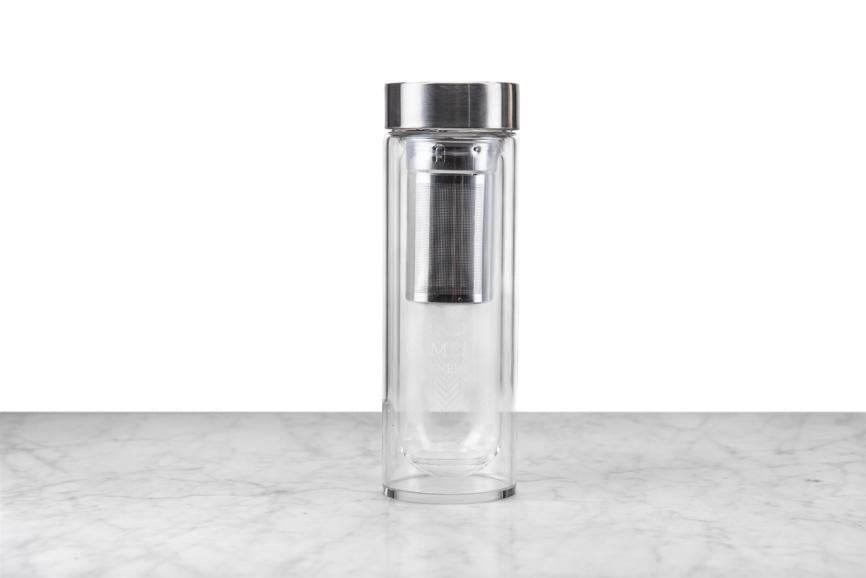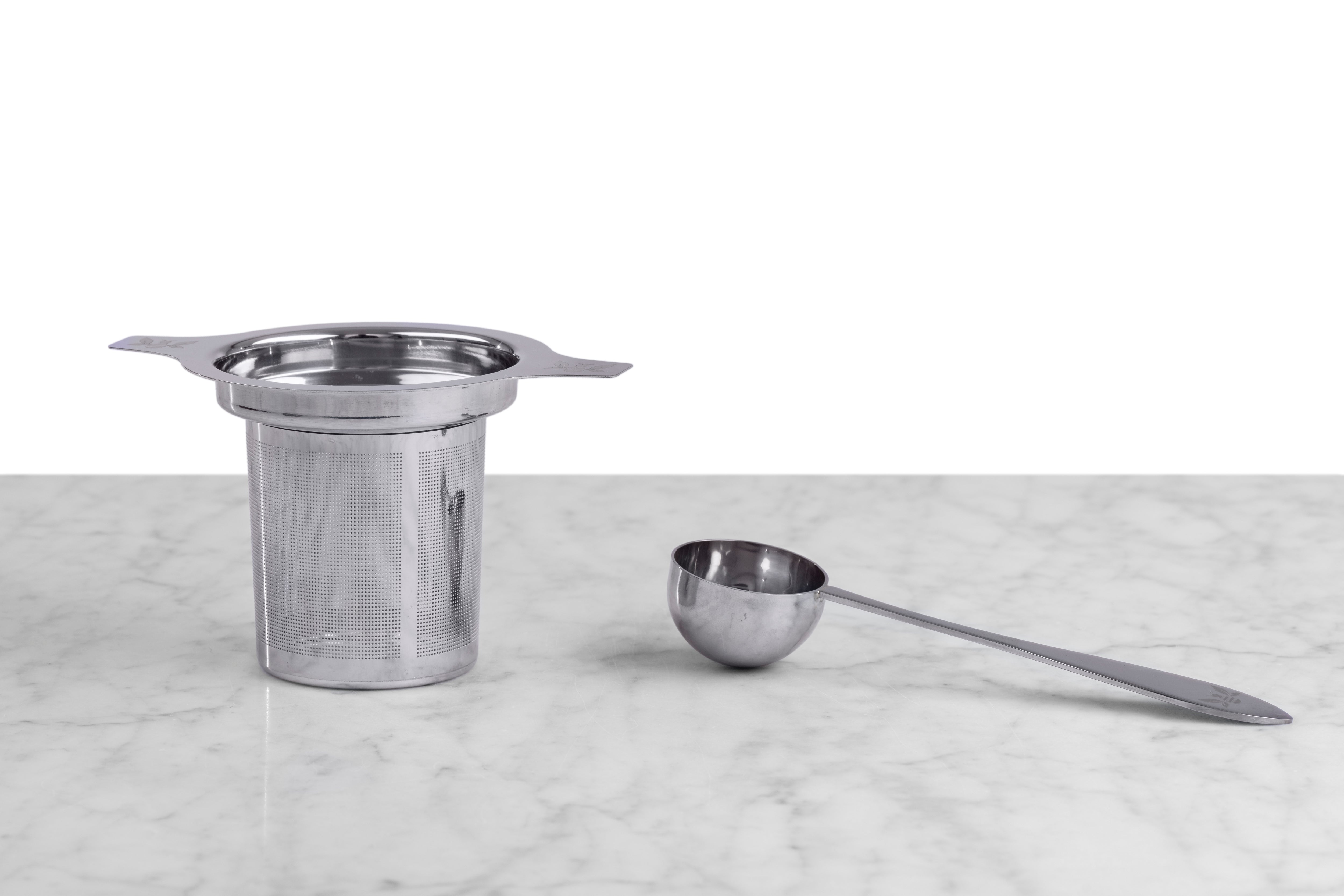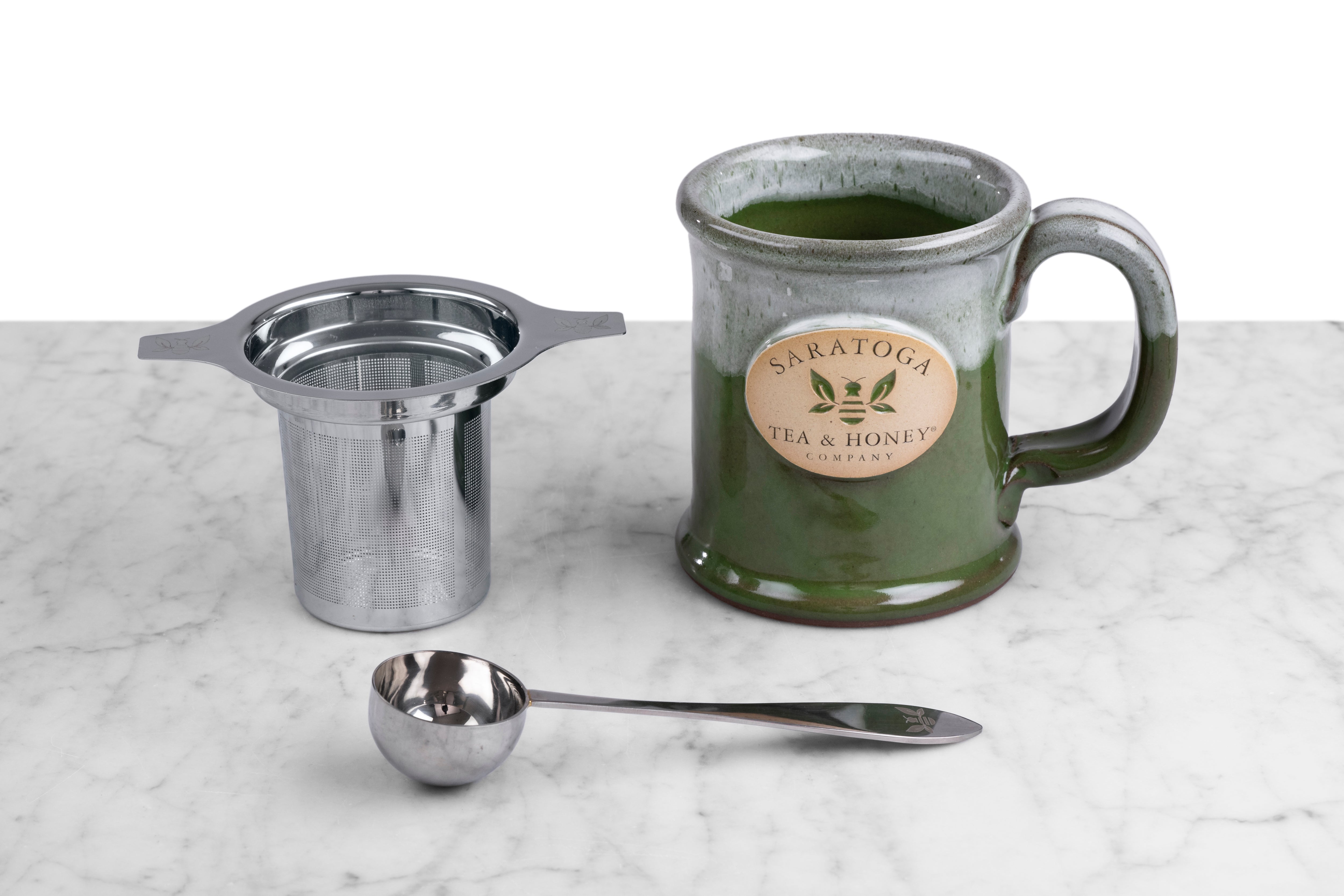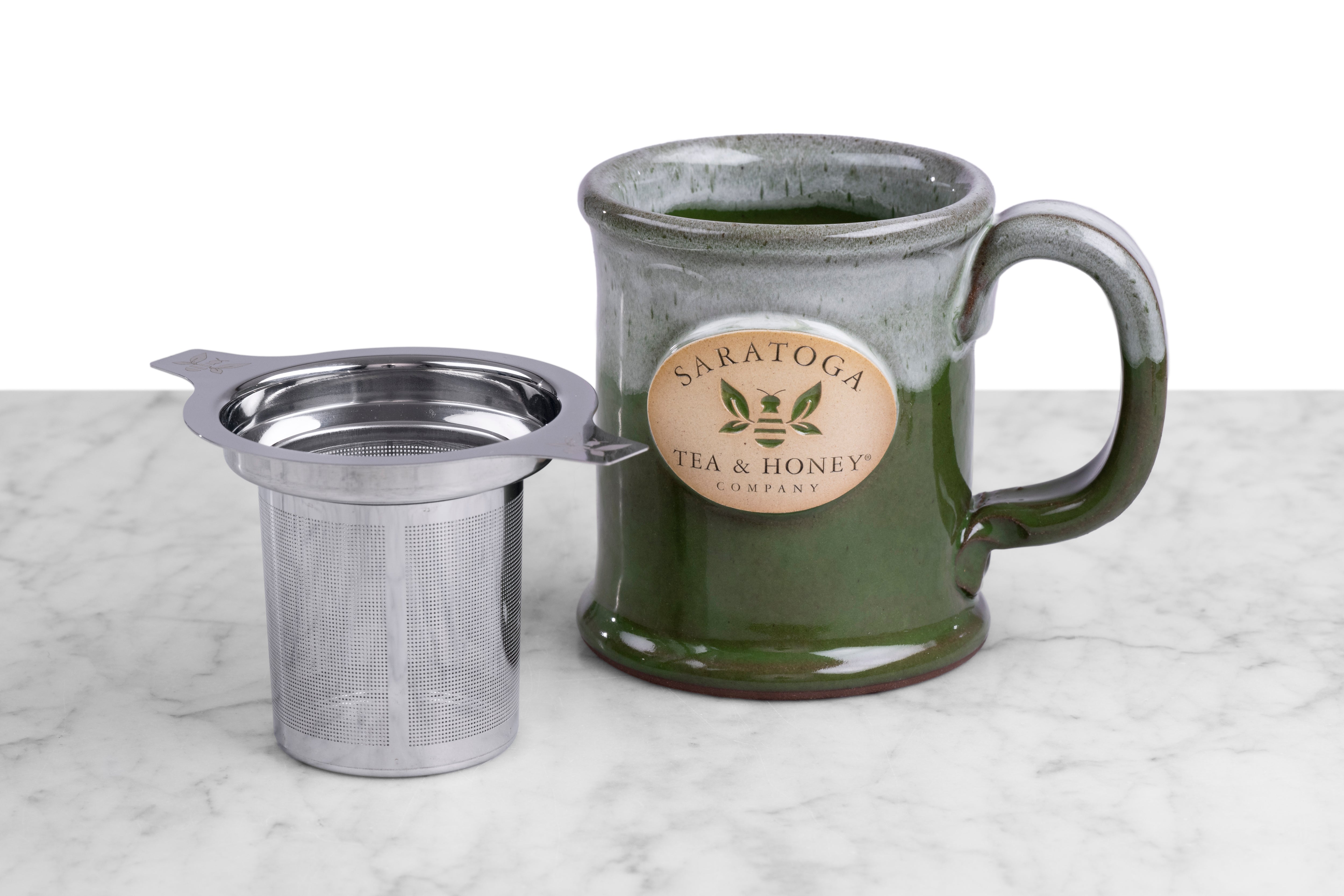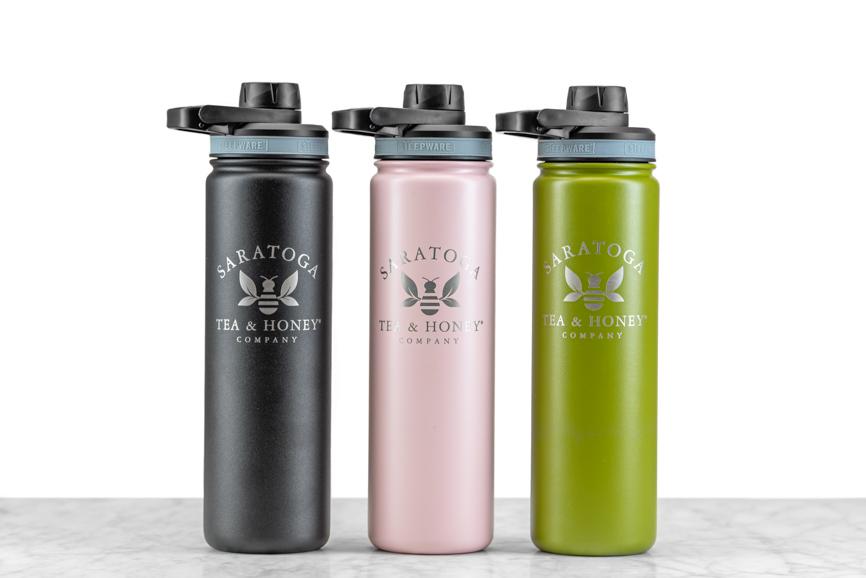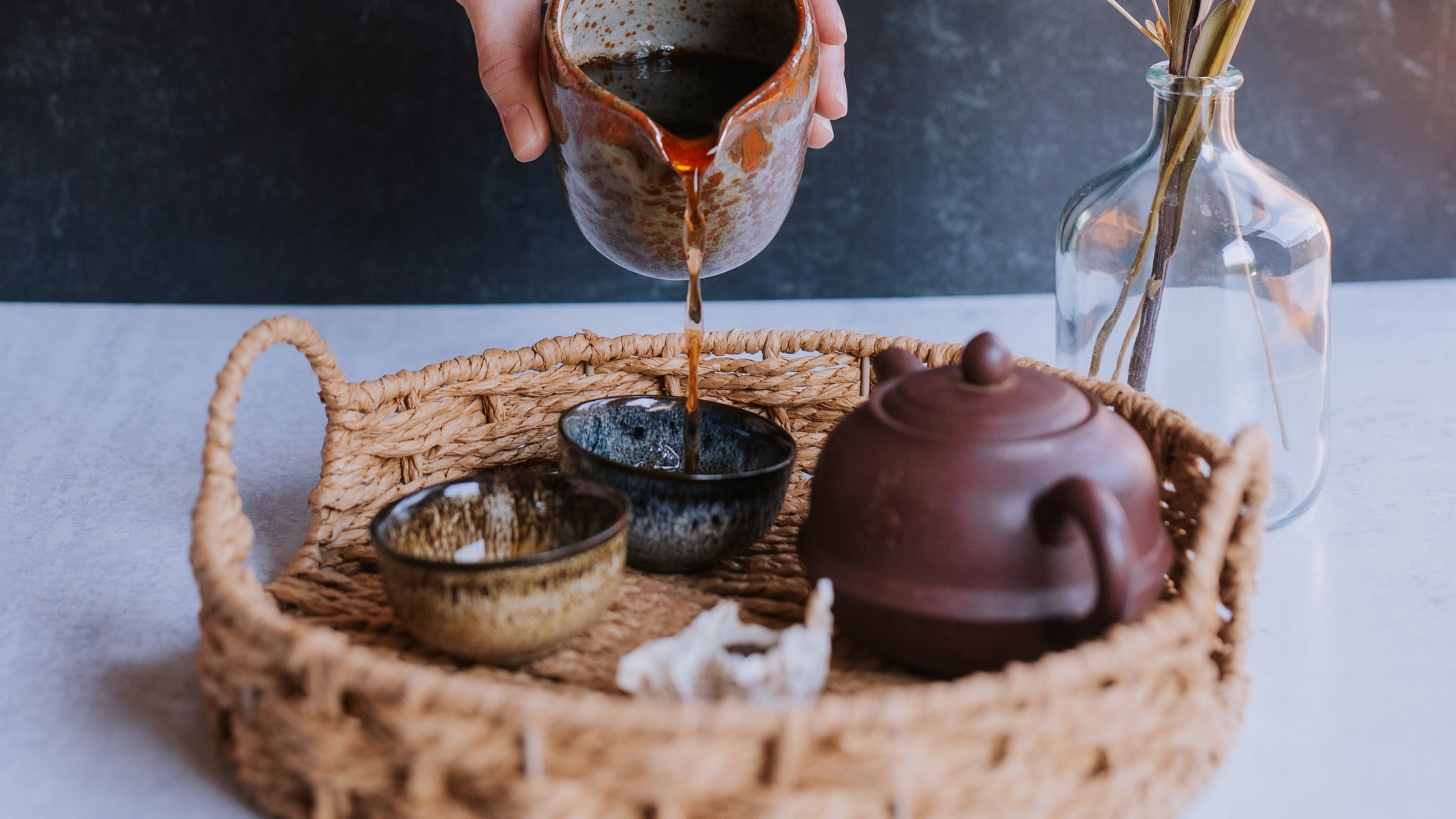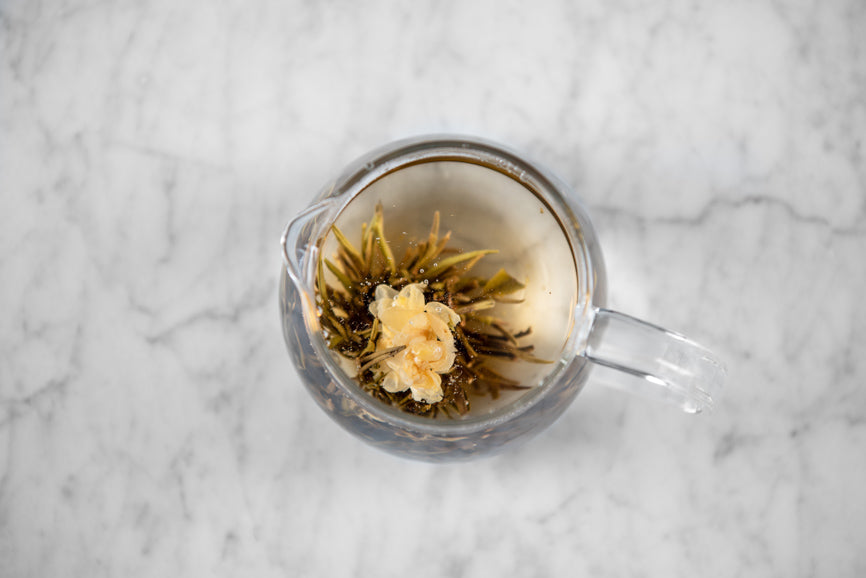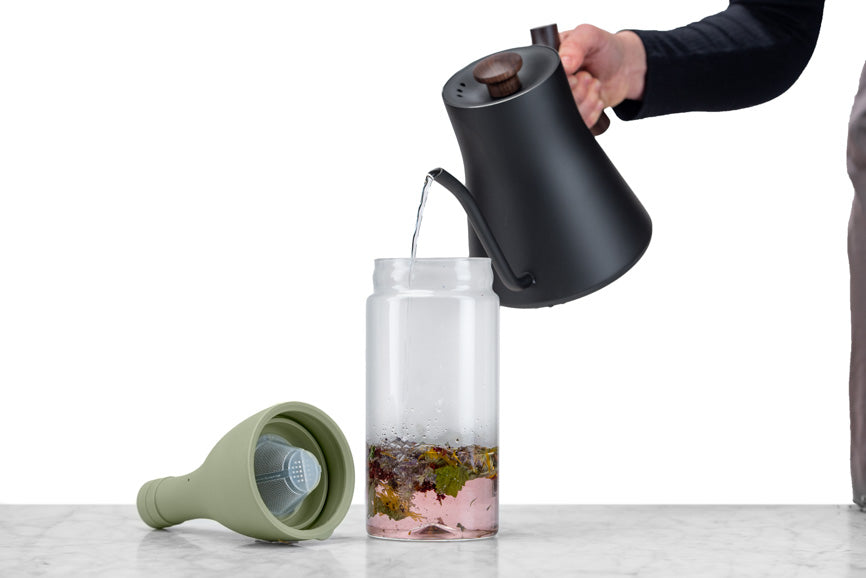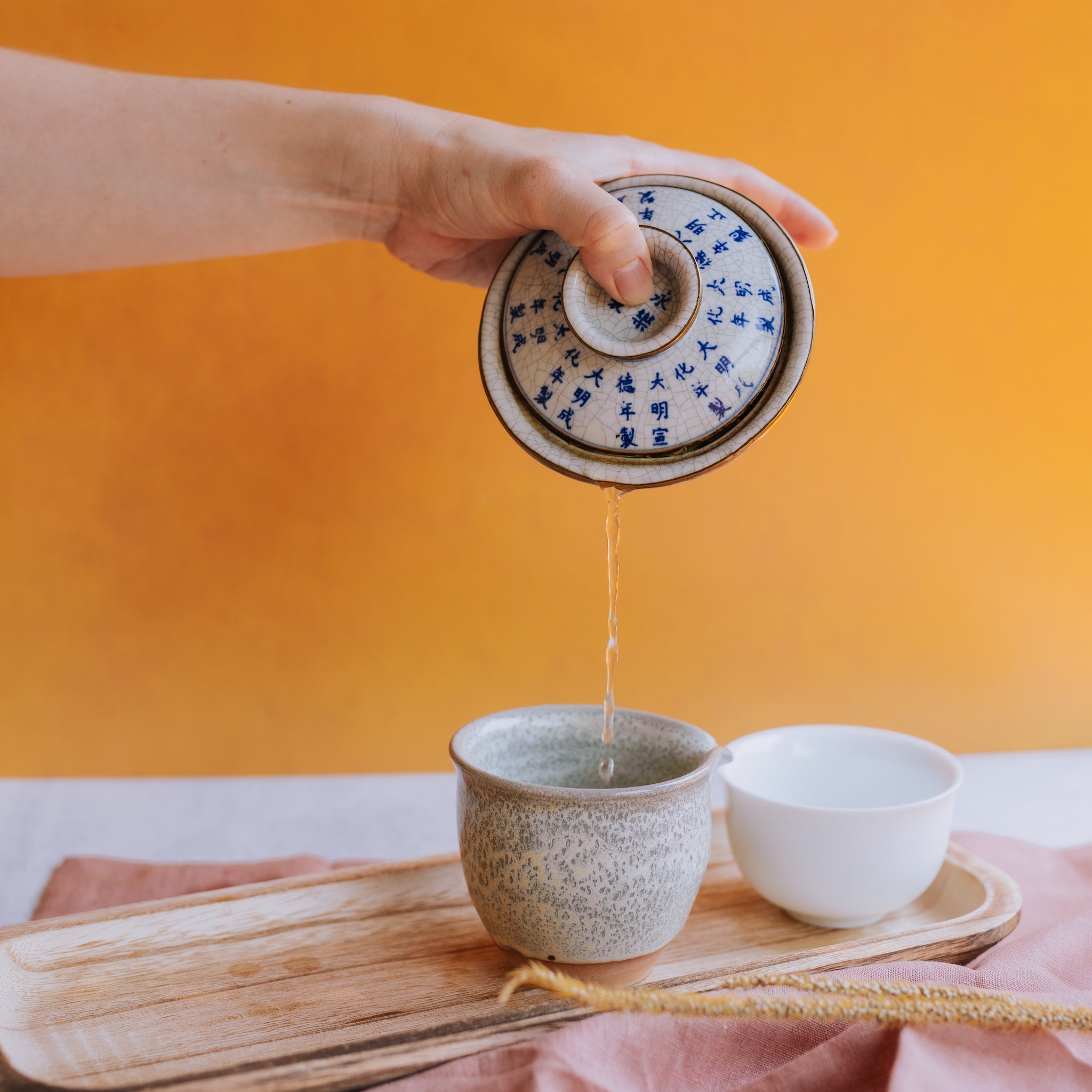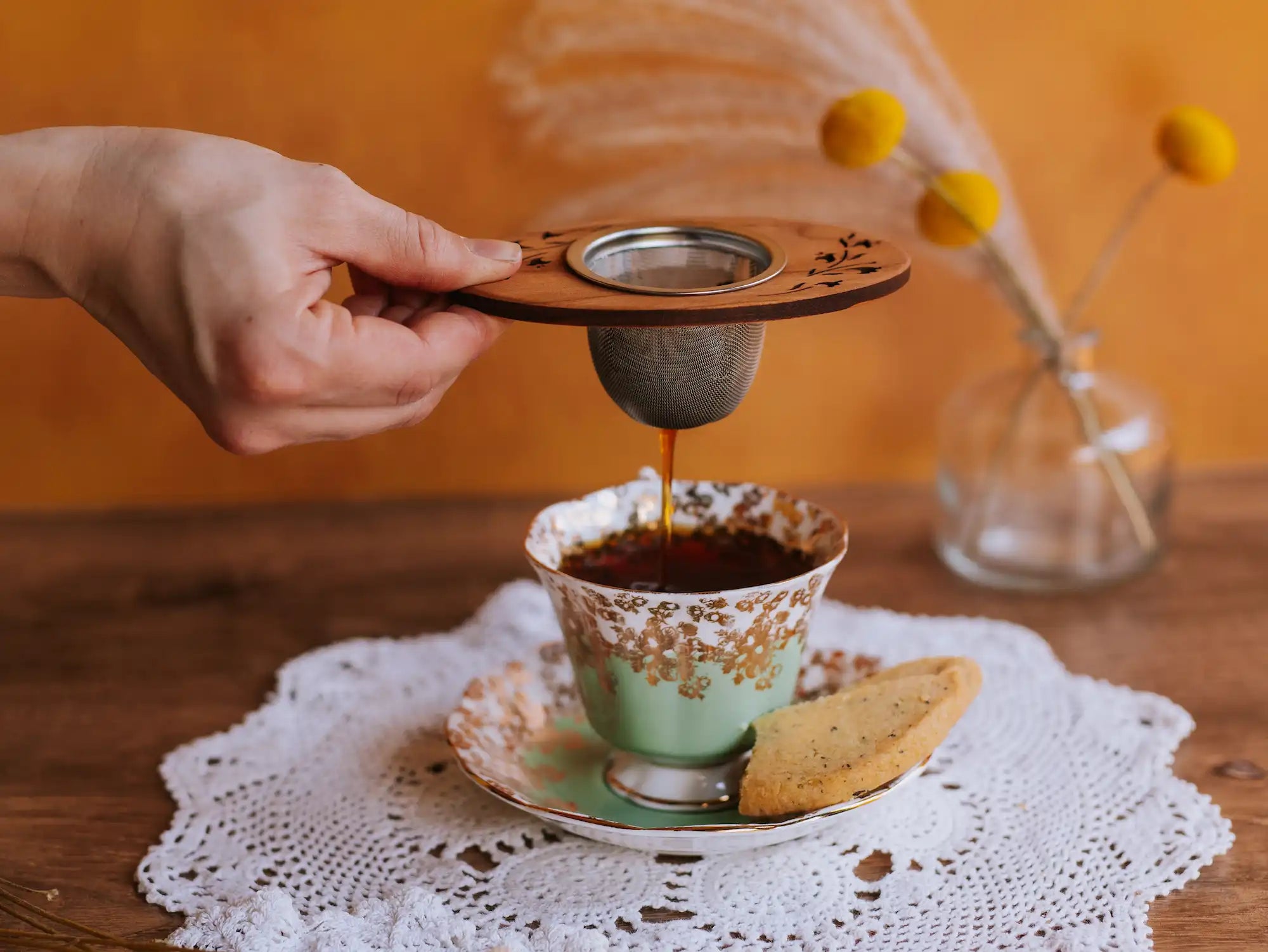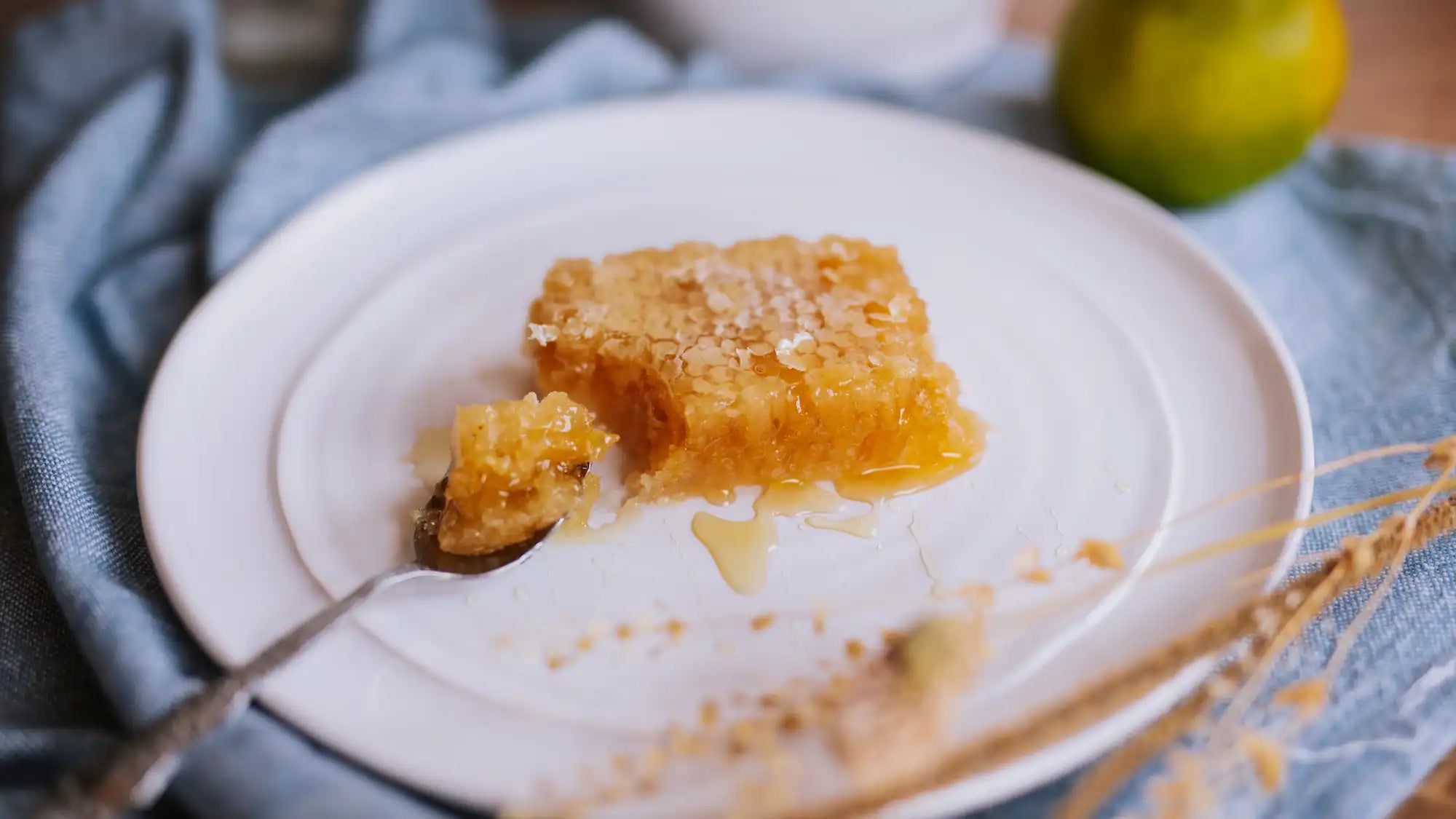Caffeine in White Tea continues the pattern of ambiguity and equivocation that we've seen so far. Some sources will tell you that White Tea has the lowest caffeine of traditional teas while others will argue that it has the most. We're going to briefly talk about why there's so much confusion about something that should arguably be measurable and then discuss how you can play around with the levels of caffeine in your cup.
Does White Tea Have the Least Caffeine?
The short answer to this is, simply, no. A stem tea like Wood Dragon or a roasted tea like Hojicha will have less caffeine than a White Tea.
How much caffeine is in White Tea, however, is a bit more complicated. Arguably because White Tea is made from the young, tender buds and leaves that comprise the early spring new growth on the tea plant - and because White Tea is the closest to the natural state of the leaves - White Tea could have as much if not more caffeine than other types of tea. This line of thought has challenged conventional wisdom that White Tea has the least caffeine and inspired new research into the properties of White Tea.
The results? Researchers have found White Tea in laboratory settings to contain similar amounts of caffeine as other types of tea.
The catch? We don't drink laboratory teas and, as we've discussed in other blogs, each type of tea exhibits its best flavor profiles under different brewing conditions.
For this reason, the amount of caffeine in your cup is going to vary based on the type of White Tea you're drinking and how you choose to brew it.
How to Gauge the Caffeine in Your Cup of White Tea
In general, the higher the temperature and the longer the steep, the more caffeine you will extract from the leaves. As we mentioned previously, the downy hairs on the tea buds are hydrophobic and caffeine is water-soluble, so a cup of Silver Needle tea is likely to have less caffeine than a cup of White Peony.
Scented White Teas will have the lowest caffeine among the White Teas we've discussed today (outside of our Nan Mei Wild Buds, which is naturally caffeine-free). This is because the 5 grams of tea you're using to brew your cup is comprised of not only tea, but also fruits and / or florals. This lowers the caffeine proportionally.




